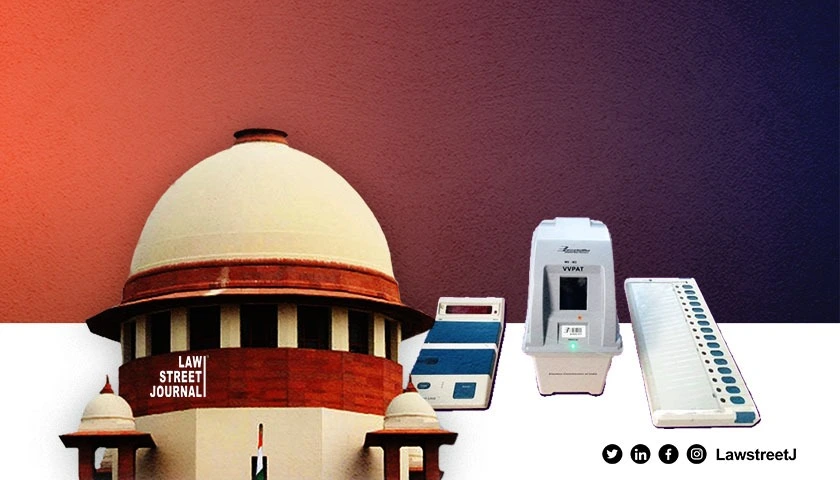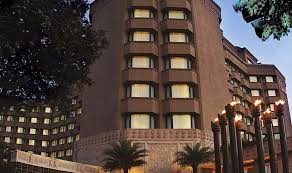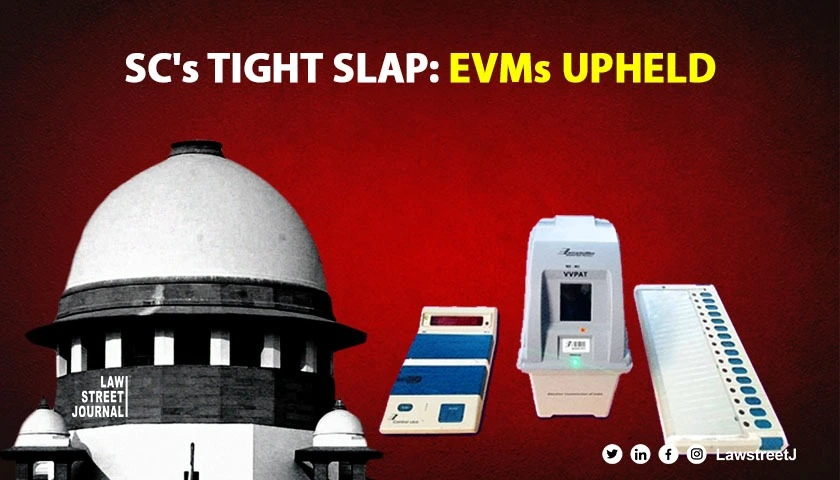Introduction
According to the recent World Bank’s Ease of Doing Business Index, India ranks 130th out of 189, which can be partly attributed to the fact that India ranks a staggering 136th when it comes to Resolving Insolvency, raising several red flags for foreign investors. Presently, according to the World Bank, resolving a bankruptcy case in India can take more than four years, which puts an enormous amount of stress on the domestic banking sector, which is left to struggle with such bad loans.
Thus, owing to India's combined political will to address such situations, the Insolvency and Bankruptcy Code, 2016 (the Code) has been passed. The Code is targeted at addressing the concerns of creditors, both foreign and domestic, by making the playing field even, and assuring a sense of certainty to resolve Insolvencies, which in turn is expected to promote and encourage cross border financing and unsecured lending to local borrowers, thus significantly decreasing the pressure on credit providers.
The Code aims at creation of a unified framework to resolve insolvency and bankruptcy matters and plays a pivotal role in the government's strategy to assist the financial sector in taking care of its bad debt problem. It focuses on quick and prompt measures to be taken in the initial stages of debt default, thus, optimizing the recovery amount and would be applicable to individuals, companies, LLPs and partnerships in a time-bound process.
The real question before us is whether the Adjudicating Authority will stick to the strict time line as earlier many laws have contained strict timelines but the adjudicating authorities have failed to follow the same, due to lack of infrastructure and many ancillary reasons.
Need of the Hour
Prior to this Code, laws relating to insolvency and bankruptcy were in a fragmented state, enforceable in and by multiple forums, thus, resulting in uncertainty with respect to jurisdiction with overlapping statutes. Many a times, the matter had to be resolved by the Supreme Court giving its interpretation for the best working of multiple laws in a single field.
First and foremost statute which dealt with the insolvency laws prior to the Code was Companies Act, 1956 superseded by the Companies Act, 2013 in respect of the companies incorporated under the relevant Companies Act. For reviving and rehabilitating loss making industrial undertakings, Sick Industrial Companies (Special Industries) Act, 1985 (SICA) was enacted overseen by the Board of Industrial and Financial Reconstruction (BIFR).
Additionally, the domestic Banks could approach Debt Recovery Tribunal (DRT) and Debt Recovery Appellate Tribunal (DRAT) under The Recovery of Debts Due to Banks and Financial Institutions Act, 1993 (RDDB) and the Securitization and Reconstruction of Financial Assets and Enforcement of Security Interest Act, 2002 (SARFAESI) for recovery of their dues apart from resorting to Corporate Debt Restructuring (CDR) and Joint Lenders Forum (JLF) mechanism. This is not strictly insolvency proceedings.
Thus, owing to existence of such multiple forums like DRT, CDR, BIFR, Company Court etc. the bankruptcy process became drawn out, involving multiple steps in multiple forums running parallelly.
Apart from a complicated and complex process the previous statutes also suffered from other limitations, including but not limited to applicability, fulfillment of objectives and effectiveness. For example:
- SICA was applicable only to industrial companies without any provisions for a services-based company. Further, under SICA, even if BIFR recommends liquidation, a reference is still made to the High Court, which re-examines the recommendation and could potentially even reverse it, thereby leading to uncertainty.
- The RDDB Act and SARFAESI Act, on the other hand, were only accessible by regulated Banks, with no provisions for Foreign Banks and Non-Banking Creditors.
- Whereas JLF, can only be applied to Regulated Banks and Non-Banking Finance Companies (NBFCs) and provide mere capital relief rather than address the issue of insolvency.
Thus, aiming to address the aforesaid by providing with an expeditious recovery process, empower all classes of creditors and redeploy capital into more profitable concerns, the Insolvency and Bankruptcy Code, 2016 was enacted.
Filling in the Gaps
The Code offers solutions by filling in the gaps apparent with previous multiple legislations, viz,
1. A Single Legislation
The Insolvency and Bankruptcy Code, 2016 is a comprehensive legislation, repealing and amending various Acts, and deal with different categories of
debtors including Individuals, Partnerships, LLPs and Companies.
2. New Infrastructure
New Infrastructure has been created for resolving various issues, namely:
a. Insolvency and Bankruptcy Board:
The Insolvency and Bankruptcy Board of India (the Board) will act as the regulating authority for all insolvency and bankruptcy related matters. It will have legislative, administrative as well as quasi-judicial functions.
b. Adjudicating Authorities:
The Code seeks to establish National Company Law Tribunal and its appellate forum, National Company Law Appellate Tribunal, thereby dissolving the BIFR, and the Company Court in the respective High Courts, and gives powers to the DRT and DRAT in respect of Individuals and partnerships. Appeals from the appellate lie straight to the Supreme Court of India.
c. Insolvency Professionals:
Insolvency Professionals are the licensed, regulated and registered quasi-administrators for on-ground working and implementation of the insolvency procedure under the Code.
d. Insolvency Professional Agencies:
Insolvency Professional Agencies are the supervising authority over the Insolvency Professionals who would enroll, establish performance standards and redress customer grievances.
e. Information Utilities:
Information Utilities store the financial information of the creditors and debtors and assist the Adjudicating Authority in order to determine the existence of a debt.
f. Strict Time Limits
3. Strict Timelines:
The Code provides strict timelines to resolve the insolvency proceedings before the Tribunal and DRT. There is a time limit of 180 days for the entire insolvency resolution process, which is deemed to have commenced from the date of admission of application by the NCLT/DRT. In case of Companies and LLPs, the aforesaid period can be further extended by 90 days subject to satisfaction by the NCLT and approval by three-fourths members of the Committee of Creditors.
The Code devices two separate processes for corporate insolvency matters and individual/un-incorporated bankruptcy matter.
Corporate Insolvency Mechanism:
Part II of the Code deals with corporate insolvency mechanism pertaining to companies incorporated under the Companies Act, 1956 and 2013 and the limited liability partnership incorporated under the Limited Liability Partnership Act, 2008 and includes two processes namely
i. Insolvency Resolution and
ii. Liquidation.
A financial creditor, operational creditor or a corporate applicant, on occurrence of a default, can approach the NCLT to initiate the Insolvency Resolution Process withan application along with the relevant documents. A default is said to have occurred when there is non-payment of whole or any part or installment of a debt which his already due.
In respect of an operational creditor, a prior written demand notice must be served along with a time period of ten days, before submitting an application to the NCLT, which is not a requirement for a financial creditor. For a Corporate Applicant, an application along with the books of accounts is sufficient to initiate the process. Thus, the Code identifies separate categories of creditors and offers tailor made procedure.
1. Insolvency Resolution Process
a. Moratorium Period: No suits can be initiated or continued against the corporate debtor including execution of judgments, decrees or orders in any court of law, tribunal, arbitration panel or any other authority during the Moratorium Period. Also the appointed Insolvency Professional takes over the management, accounts, employees and the powers of board of directors.
b. Committee of Creditors: It includes financial creditors as decision makers and is responsible for determining the key affairs of the company.
c. Approval of Resolution Plan: If the Committee of Creditors approves the resolution plans received by the Insolvency Professional by a 75% Majority then the same is sent to NCLT for approval, on assent of which the same is applied to the Corporate Debtor.
NCLT
↑
Committee of Creditors
↑
Insolvency Professional
2. Liquidation Process
In case the Committee of Creditors do not agree on the resolution plan, or ab initio decide to liquidate the corporate debtor, or the resolution plan is rejected by the NCLT, or the resolution plan is subsequently contravened by corporate debtor, then the NCLT passes an order to liquidate the company. In such a case, the Resolution Professional now becomes the Liquidator. 6 | Page
a. Order of Priority of Debt
When liquidation is initiated, all the assets of the corporate debtor are to be sold and the proceeds are to be distributed amongst the creditors in the following order of priority:-
First, the costs of insolvency resolution process costs and liquidation;
↓
Second, an equal priority is given to workmen's dues for the past twenty-four months preceding liquidation and the debts owed to a secured creditor who has relinquished his security under Section 52;
↓
Third, unpaid dues owed to employees other than workmen, for the past twelve
months preceding the liquidation;
↓
Fourth, the financial debts owed to unsecured creditors;
↓
Fifth, an equal priority is given to Governmental Dues for the preceding two years and any amount unpaid to a secured creditor following the enforcement of
security interest;
↓
Sixth, any remaining debts;
↓
Seventh, amount due to preference shareholders;
↓
Eighth, amounts due to equity shareholders or partners.
One interesting aspect that arises and is yet to be seen is as to how do the Tribunals and the Courts deal with the Judgment of Dena Bank v. Bhikhabhai Prabhudas Parekh & Co.[2000(5) SCC 694] and State of MP v. State Bank of Indore [2002(10) SCC 441], whereby the sovereign dues has been treated to have a preferential right over all the other dues and rights of the other creditors. This question is bound to arise in the present circumstance as well.
Company.
At Par Voting Rights of Unsecured Creditor Now each financial creditor of the Committee of Creditors, irrespective of the nature of credit, secured or unsecured, has a voting right in order to formulate the resolution plan on the basis of their share of credit advanced.
Individual Bankruptcy gets a Facelift
Earlier, the Individual Bankruptcy matters were adjudicated upon by district courts and that tounder two different statues. Now the Code unified the regime pertaining to individual bankruptcy and in cases wherein individual bankruptcy and corporate insolvency are initiated side by side, NCLT will have jurisdiction to adjudicate over the same individual. 9 | Page
Workmen Protection
The Code protects workmen in cases of corporate insolvency by ensuring payment of their salaries for up to 24 months, and that too in priority over all other creditors, including secured ones.
Incentivizing the Process
While distributing the liquidation proceeds, the insolvency resolution process costs and the liquidation costs are the first priority, thereby acting as an
incentive to ensure for quick resolution.
Interim Financing
The Code also provides for any interim financing with the consent of at least three-fourth of the financial creditors, provided if the value of the property secured is at least twice value of the outstanding debt.
Cross Border Insolvency
For the first time, the issue of cross border insolvency has been considered. The Code provides for a two branched solution, one being the Central Government entering into agreements with other countries for enforcement of the provisions and the other giving the Adjudicating Authority the power to write a letter to the courts/authorities of other countries, seeking information or requesting action against a debtor, outside India.
Conclusion
The Code in short, has provided a facelift to the existing corporate insolvency and individual bankruptcy regime and tries to fill in the gaps created due to the existence of multiple parallel legislations. It seeks to make the entire process time bound and keeps up with the existing international standards and will hopefully bring a sense of predictability and certainty to the Laws relating to Liquidation, Insolvency and Bankruptcy. However, its success depends on how it is being implemented by the Board, Adjudicating Authority, Government and the Courts. Precisely, the Code would need to
overcome various legal, logistical and practical hurdles in order to achieve its Objectives.
Author Bio: Mr. Kunal Tandon has 20 years of experience and holds a B.A. LL.B. Degree from ILS Law College, University of Pune. Mr. Kunal also holds a Diploma in Corporate Law from ILS Law College, University of Pune.
Mr. Kunal's practice and interest lie in the areas of Civil, Criminal, Constitutional, Taxation, Labour, Company, Service Civil, and Commercial including Arbitration, Banking, insolvency and bankruptcy practice, company law disputes, mergers and acquisitions, Intellectual Property and Media & Broadcasting, Aviation Family Law & Disputes emerging therefrom, Consumer related and real estate disputes.
[Disclaimer: The views expressed are solely of the author and they do not purport to reflect the opinion or views of LawStreet Journal]
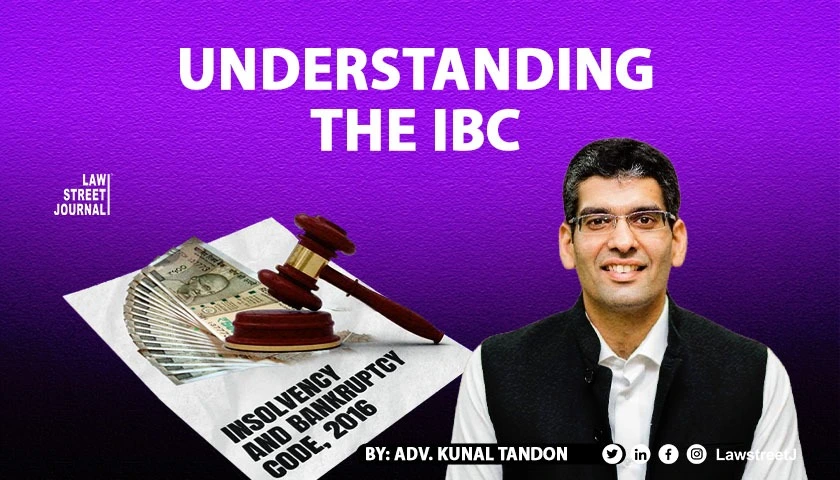
![Merely stating person's departure will 'affect country's economic interests' insufficient for LOC: Delhi HC [Read Judgment]](/secure/uploads/2023/12/lj_6791_WhatsApp_Image_2023-12-29_at_4.12.22_PM.jpeg)

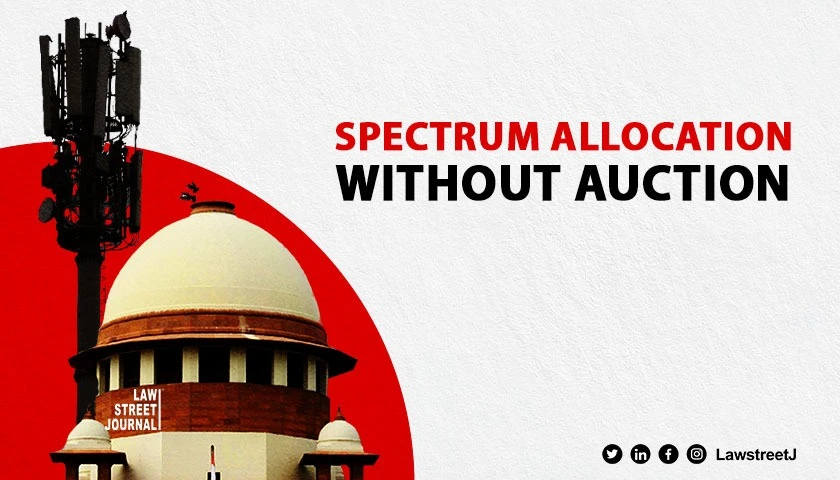
.webp)
